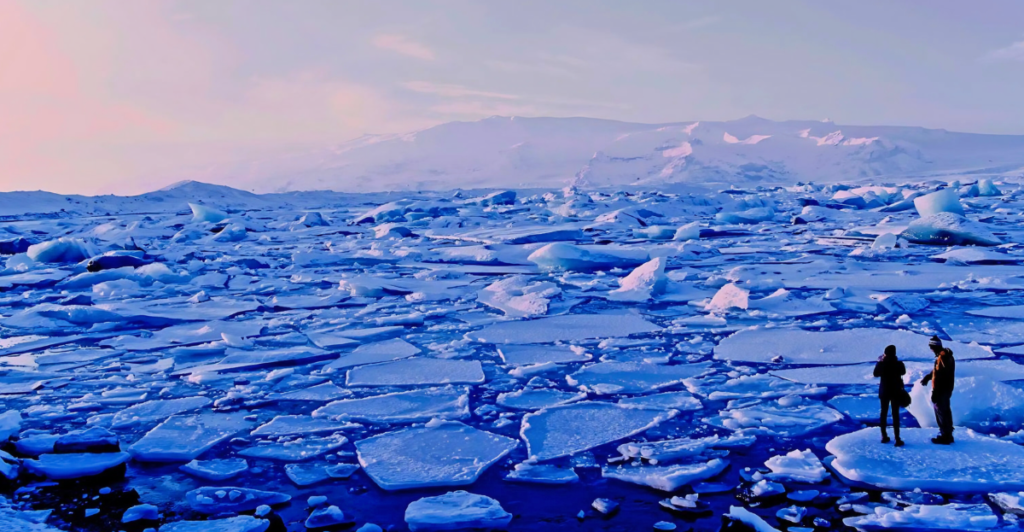
It began with a crack—quiet, distant, and invisible. But what it revealed could rattle the fate of great sea cities like New York. Scientists have just found evidence of a gargantuan, ancient ice sheet collapse in West Antarctica thousands of years ago.
Why does this matter today? Because the conditions that caused this incident are eerily similar to those scientists are noticing today. What lies buried under that ignored piece of ice is a chilling story of rising oceans, warming seas, and possibly drowning cities. New York, brace yourself—the past has just sent us a chilling reminder.
The Ice Sheet That Time Forgot
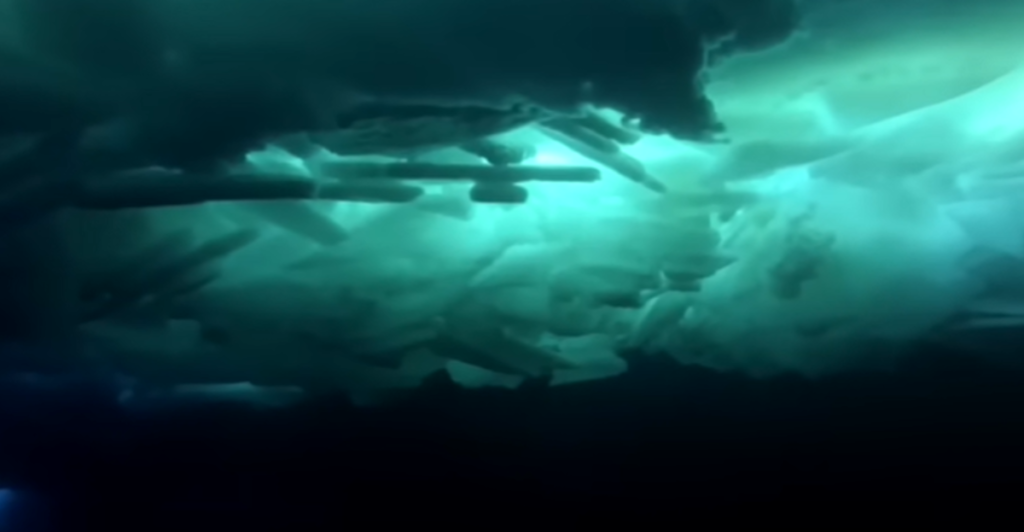
Under the Antarctic ice, scientists discovered traces of an ancient ice sheet that melted quickly, inundating vast expanses of land. This was not normal melting—it was sudden and vast, raising sea levels by several meters in a few hundred years or less. W
hat’s frightening is how closely this mirrors what’s happening today. A surge in ocean temperatures triggered the ancient melt, a phenomenon we’re witnessing again today. The evidence lies in the sediments, but the message is deafening and unambiguous: history does, in fact, repeat itself.
The Smoking Gun – Sediment Core Revelations
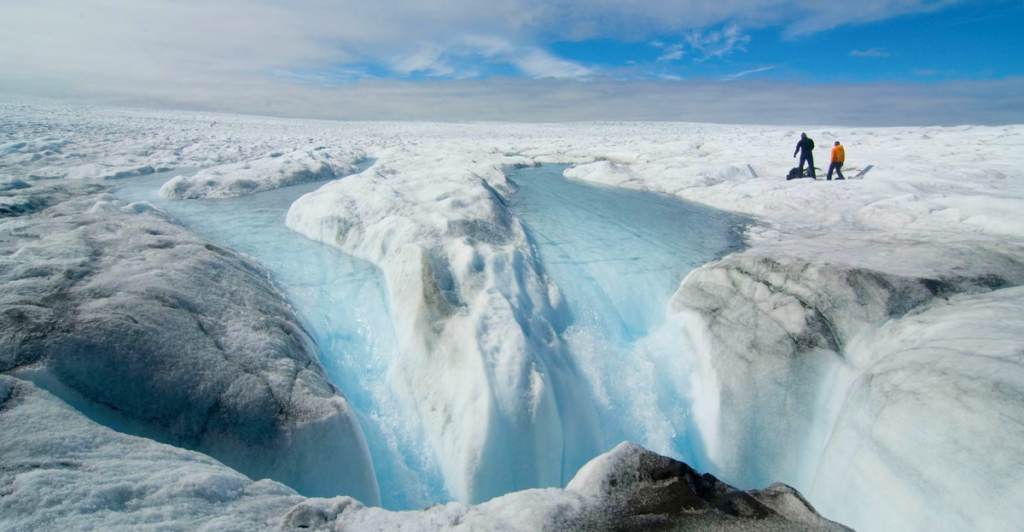
How do we know what happened thousands of years ago? Sediment cores—samples taken deep below the seafloor—act as history’s pages. In 2025, a crew extracted an Amundsen Sea core that contained the remains of an ancient giant ice sheet once part of this sea.
Scientists knew this because they found gravel deposits and layers of sea mud. The breakup of the ice sheet, a form of marine ice sheet instability, is particularly dangerous because it can happen very quickly. And if it occurs again, the East Coast, and New York, are in serious trouble.
The Mechanism of Collapse
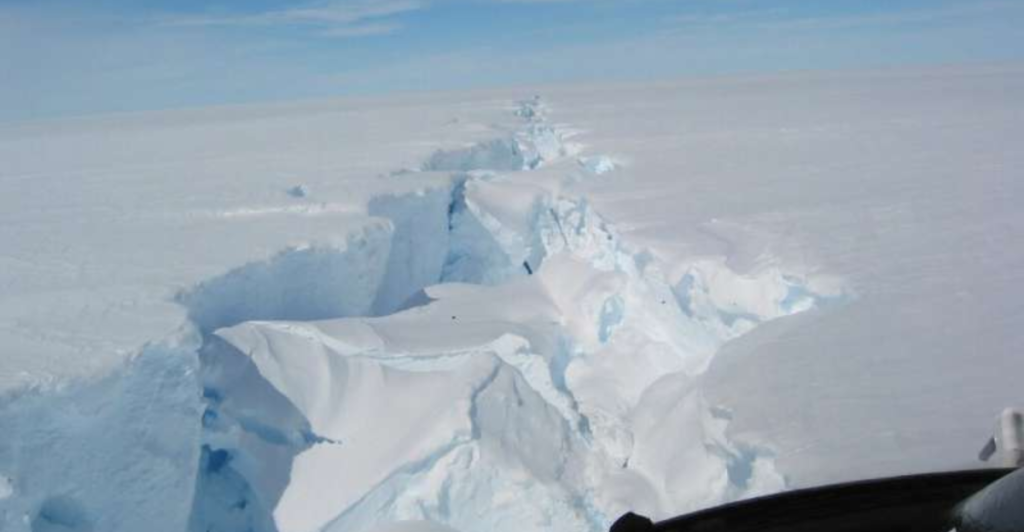
Ice cubes in your glass melt from the top. But ice sheets collapse and melt from the bottom. Warming ocean water seeps underneath, de-thickening the ice at its grounding line—where it’s nailed to the land.
The instant that line gets clogged up past some threshold, the entire system can collapse like a house of cards. It doesn’t happen slowly and incrementally. Once it begins, it can’t be stopped.
Researchers have now estimated that some parts of Antarctica are at or near that threshold. If the models are correct, we may be looking at meters of sea levels rising in a matter of a few hundred years—or even sooner.
What This Means for New York
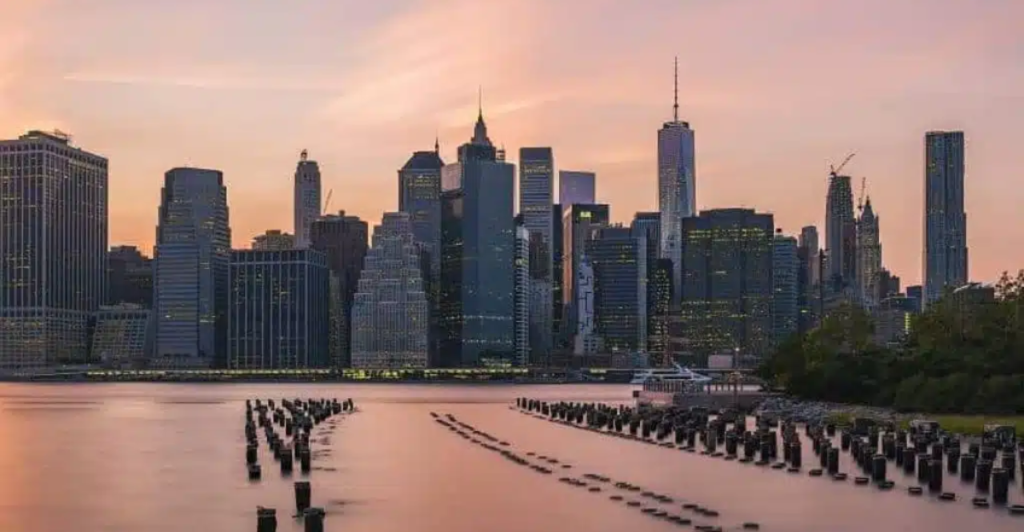
New York City, home to more than 8 million people, rests in the lap of sea levels. A meltdown similar to the ancient ice event would be catastrophic for the city. Up to 6 feet (1.8 meters) of sea levels will rise by 2100 if melting in Antarctica is accelerated. That would be enough to flood entire neighborhoods, inundate subway systems, and push storm surges deep into the city.
Lower Manhattan, Queens, and Brooklyn residents are particularly susceptible. And as effective as sea walls and pumps may be, they’re palliative solutions to a decades-long problem that would quite literally reframe the map.
Economic Fallout and Urban Displacement
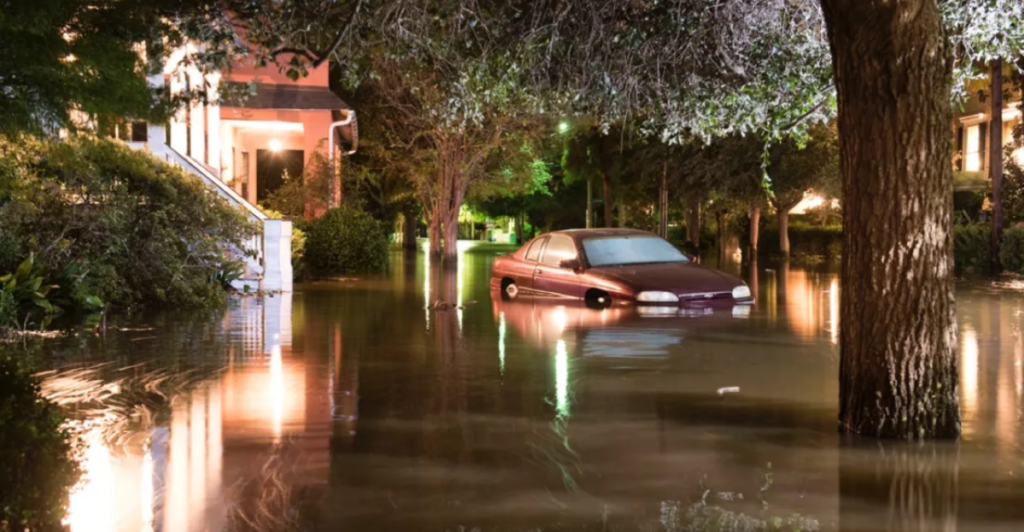
It’s not all water. Higher seas would flood not only homes, but financial institutions, power plants, and transportation centers. The cost of defending or relocating infrastructure in NYC could amount to hundreds of billions.
Insurance premiums are already increasing along coastal cities, and entire populations will be forced inland—a phenomenon called “climate migration.” This is not a distant future—it’s already happening in Louisiana and Bangladesh. The destruction of a single ancient ice sheet could be the economic and social devastation of another era—our era.
Global Consequences, Local Implications

This is a problem that isn’t only affecting New York. The melting of the polar ice caps impacts all coastal areas of the world. Jakarta, London, and Miami are all also at risk. What makes the NYC story so intriguing, however, is its global economic impact.
Wall Street, international media, and the UN are symbolically and strategically important globally. If it does flood, the economic, political, and emotional shockwaves would be felt around the world. That lost ice sheet isn’t merely a geological oddity. It’s a warning sign, reminding us that no city is too large to drown.
Can We Still Prevent It?
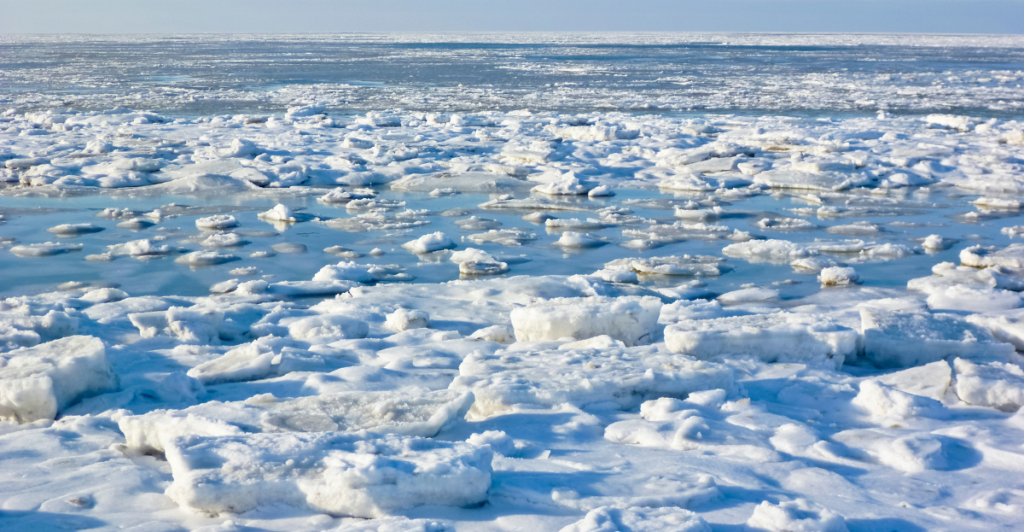
But we’re not completely doomed. Yet. By limiting warming to 2°C, we can prevent or even reverse the destabilization of vulnerable ice sheets. Doing this would mean cutting greenhouse gas emissions, transitioning to clean energy, and creating climate resilience.
It will also translate into taking action on a global level seriously. Time’s up, and by scientists’ estimates, we have decades—not centuries—to act. New York and many other cities’ destiny can rest on the soonness of when we take action.
What Scientists Are Watching
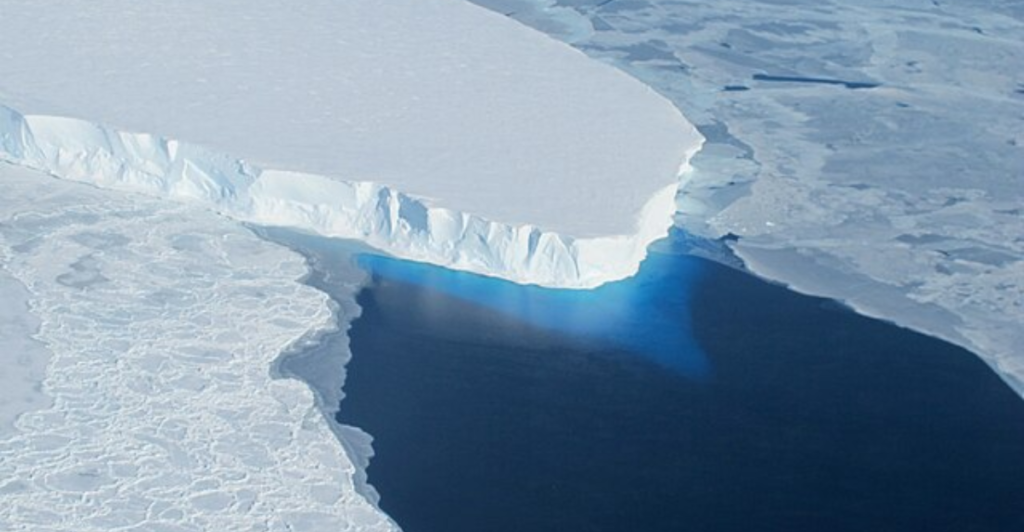
Scientists now have the Thwaites and Pine Island Glaciers in their sights, known as the “Doomsday Glaciers.” They are above sloping bedrock, making them highly susceptible to warm water intrusion.
If either melts completely, it could add up to 10 feet (3 meters) to current sea levels. In 2024 and 2025, expeditions discovered alarming rates of retreat. Satellite imagery shows cracking, thinning, and gargantuan iceberg calving events. Scientists are racing to find out what comes next. They are trying to assess whether we can prevent it—or atleast survive it.
Final Thoughts – Lessons From the Ice
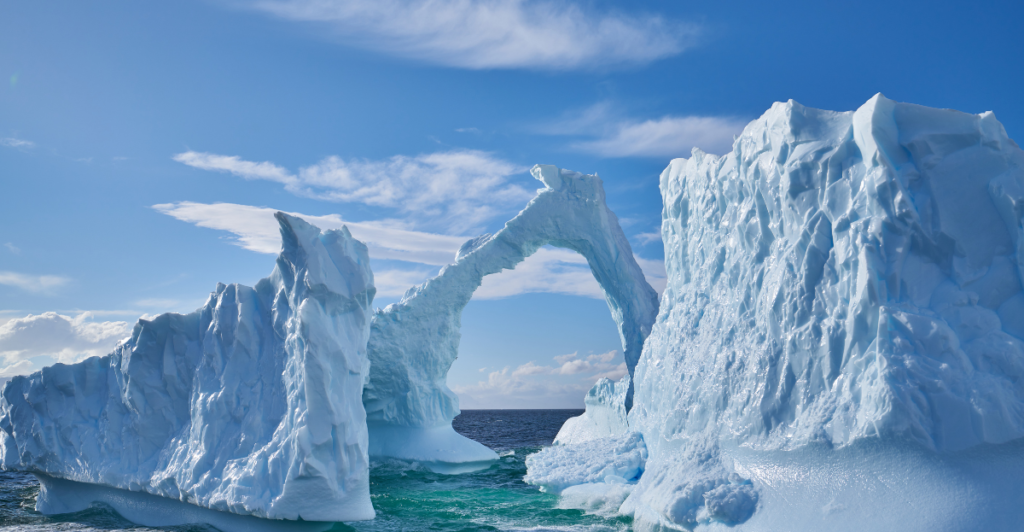
The long-lost ice sheet of Antarctica is not just a window into the history of our world—it’s a mirror reflecting what our ancestors should have learned. It shows us how quickly the world can transform when we ignore warning signs.
New York cities like these appear invincible, but these forces are greater than any skyline. The story of A-84 and the melting from centuries past is grander than a story about melting ice—it’s a clarion call to action. The future is melting away at our feet, and what we do today determines whether we will rise—or sink.
Explore more of our trending stories and hit Follow to keep them coming to your feed!

Don’t miss out on more stories like this! Hit the Follow button at the top of this article to stay updated with the latest news. Share your thoughts in the comments—we’d love to hear from you!







